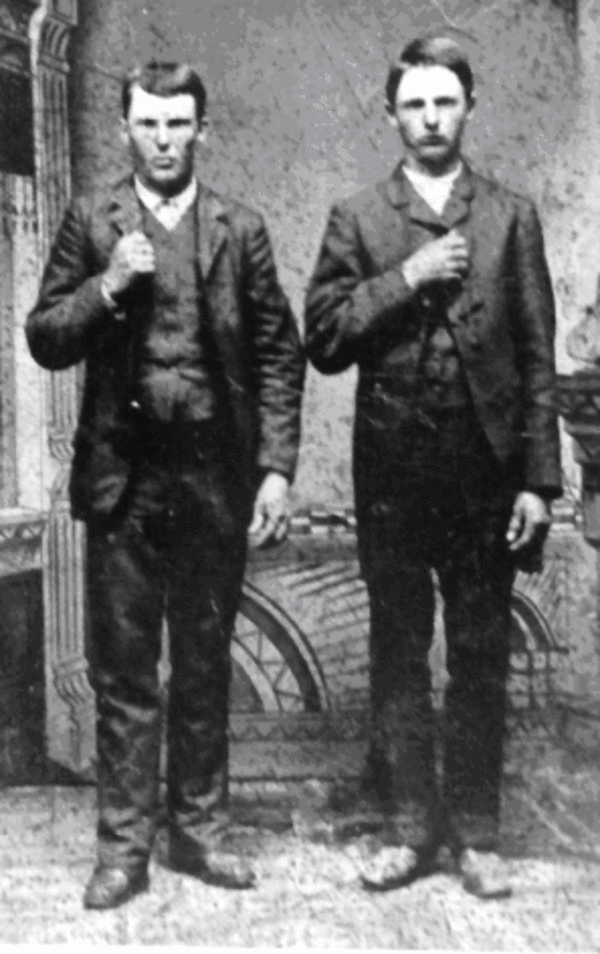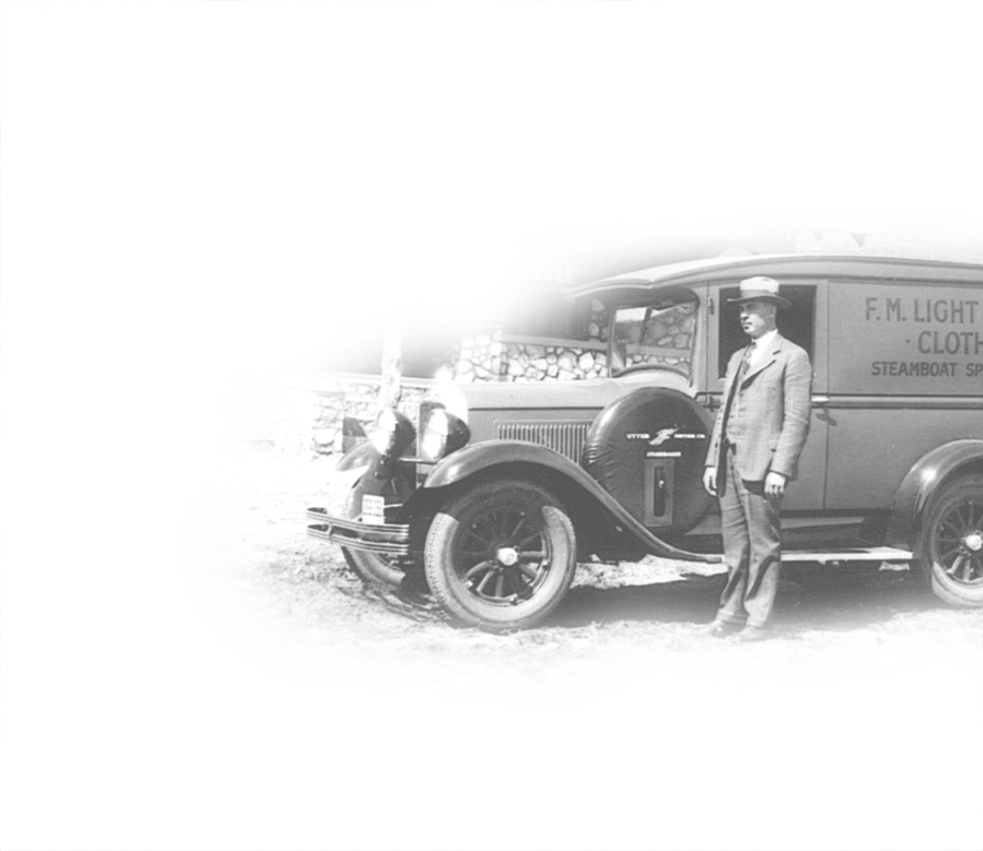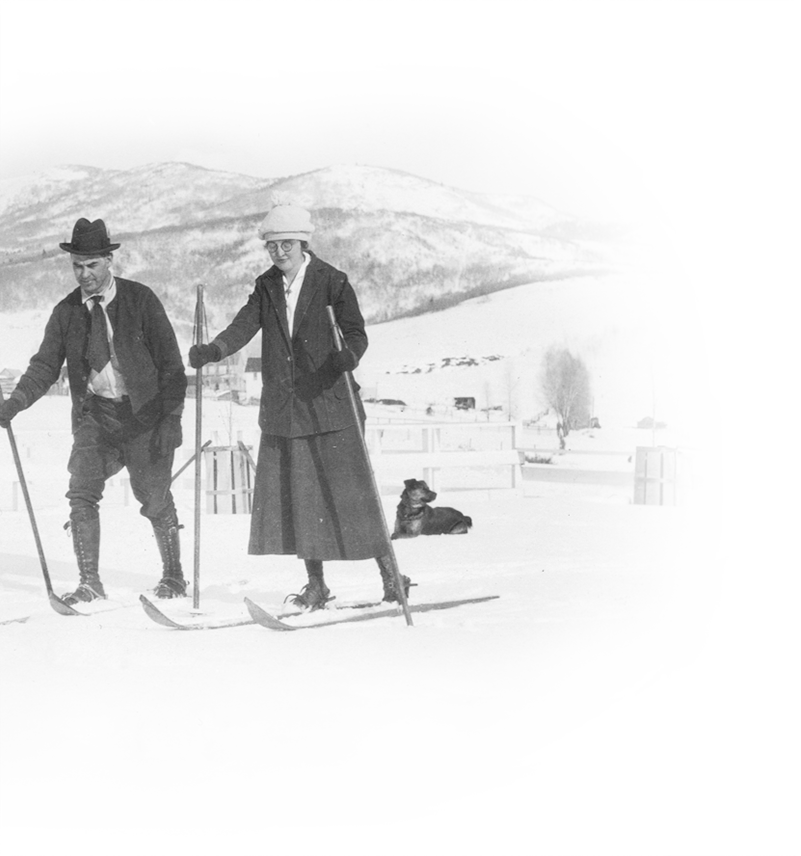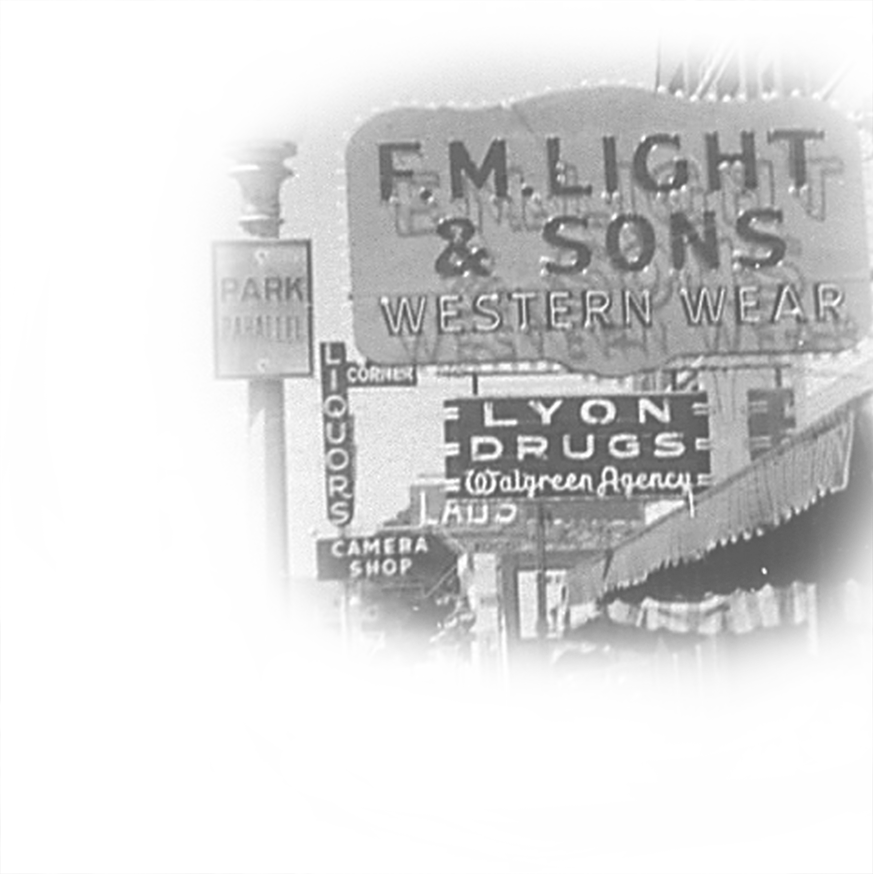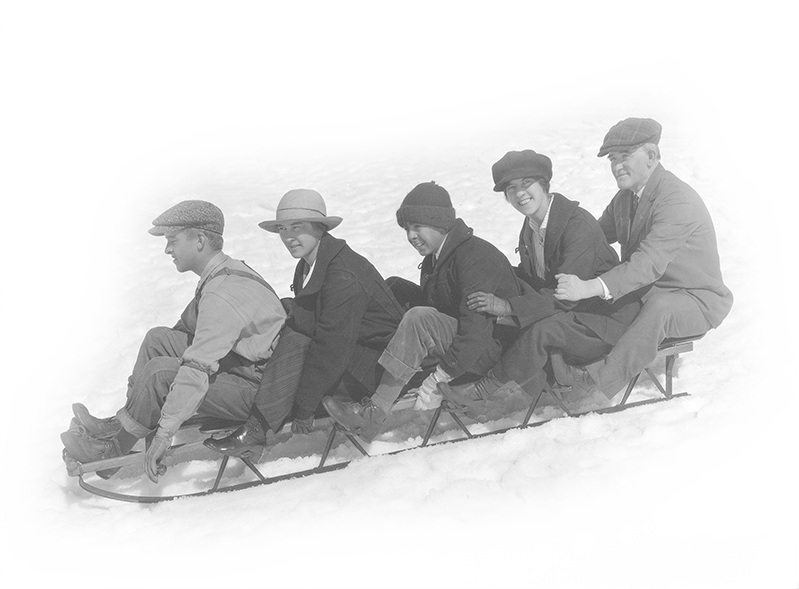Valentines Day,1866. 2 o’clock pm, Liberty Missouri.
12 men swathed in long soldier’s overcoats, with six-shooters strapped ominously around their waists arrived in town. Two men swung off their horses and strode into the bank, the Clay County Savings Association. History was about to be made.
The cashier, Greenup Bird, and his son, William (the clerk), were clueless about what would soon take place.
For the first time in history a bank would be robbed during bank hours.
“I’d like a bill changed,” said one of the strangers as he flicked a $10 bill across the counter. Before Greenup could move the man added nonchalantly to his request:
“I’d like all the money in the bank.”
Moments later, the two robbers were in the vault. Herding Greenup and William inside, the strangers slammed the door shut, mocking: “Stay in there, you know all Birds should be caged!”
The take of the robbers that day was about $60,000, and one life. The Birds, noting that the vault lock had failed to catch, escaped the vault and peered through the window shades in time to witness a horrific sight: a 19 year old student, George Wymore, happened to be crossing the street nearby the fleeing bandits. Four shots thudded through the afternoon, and the young man fell dead instantly. Thus began the career of Frank and Jesse James.
Guerrilla Tactics
Frank and Jesse James led a longer life of crime than was usual. Their gang’s longevity lied mainly in the guerilla war tactics they learned fighting for the South during the Civil War. Frank, the eldest of the James’, was a scholarly, bookish sort who often read Shakespeare and Francis Bacon; he was believed to be a quiet homebody. But, this laconic man had been part of Quantrill’s Raiders, a band that massacred a Union base in Lawrence, Kansas in 1863. Killing men and boys, they finished by setting the town ablaze.
Jesse, Frank’s junior by three years, was the more callous of the two. He joined his brother and Bloody Bill Anderson; a man who led a band of 225 men in 1864. On September 27, 1864, Anderson’s raiders pillaged the town of Centralia, Missouri, looted a train of the Wabash, St. Louis & Pacific Railroad, and massacred 25 Union soldier passengers.
Together, Frank and James were a bloodthirsty pair.
Throughout their career, the James brothers were not officially known. The brothers remained anonymous for four years following their first Valentine’s Day robbery. The Pinkerton’s struggled to catch the James’, mainly because they had no clue as to what they looked like. There were no photographs, and descriptions were sketchy at best.
The Beginning of the End
Following a train robber in October, 1879, the James’ luck turned. A farmer who had joined in the raid was captured, and confessed, naming Jesse James as leader. The James’ still attempted to uphold their image of former glory, holding up a train and killing a conductor and passenger. Two months later they held up yet another train in Blue Cut, Missouri, and beat the railroad agent senseless after he opened the safe. Jesse – always dramatic – placed two silver dollars in the unconscious engineer’s hand, saying:
“Here is two dollars for you to drink the health of Jesse James tomorrow morning.”
Unfortunately for the gang, a few members were captured, and talked openly with authorities. A reward was put up by the railroads; $5,000 reward for any member of the James gang, and an extra $5,000 each for Frank and Jesse. The trap was set – and in 1882, a scheme was devised.
Bob Ford had been introduced to the James’ by a mutual friend and gang member; Dick Liddil. Bob Ford met with the Clay County Sheriff; he would remain in the confidence of Frank and Jesse, and tip off the authorities of the time and place of their next job. In November of 1881, Bob Ford and his brother Charlie arrived at the home of Jesse James in St. Joseph, Missouri, and were welcomed. The plan was going smoothly. But, a danger arose; unbeknown to the James’, Dick Liddil was quietly planning to turn himself in.
A Murderous Perspective
Bob Ford wrote of the dramatic finale that took place. His graphic narrative is a window into what took place that fateful day:
“On the morning of April 3, Fess and I went downtown, as usual, before breakfast, for the papers. We got to the house about eight ‘o clock and sat down in the front room. Jess was sitting with his back to me, reading the St. Louis Republican. I picked up the Times, and the first thing I saw in big headlines was the story about Dick Liddil’s surrender. Just then Mrs. James cam in and said breakfast was ready. Beside me was a chair with a shawl on it, and as quick as a flash I lifted it and shoved the paper under. Jess couldn’t have seen me, but he got up, walked over to the chair, picked up the shawl and threw it on the bed, and taking the paper, went out to the kitchen.
“I felt that the jig was up,”
But I followed and sat down at the table opposite Jess. Mrs. James poured out the coffee and then sat down at one end of the table. Jesse spread the paper on the table in front of him and began to look over th eheadlines. All at once Jess said:
“Hello, here. The surrender of Dick Liddil.” And he looked across at me with a glare in his eyes. “Young man, I thought you told me you didn’t know that Dick Liddil had surrendered,” he said. I told him I didn’t know it. “Well,” he said, “it’s very strange. He surrendered three weeks ago and you was right there in the neighborhood. It looks fishy.” He continued to glare at me, and I got up and went into the front room. In a minute I heard Jess push his chair back and walk to the door. He came in smiling, and said pleasantly: “Well, Bob, it’s all right, anyway.”
Instantly his real purpose flashed upon my mind. I knew I had not fooled him. He was too sharp for that.
He knew at that moment as well as I did that I was there to betray him. But he was not going to kill me in the presence of his wife and children. He walked over to the bed, and deliberately unbuckled his belt, with four revolvers in it, and threw it on the bed.
It was the first time in my life I had seen him without that belt on, and I knew that he threw it off to further quiet any suspicions I might have.
He seemed to want to busy himself with something to make an impression on my mind that he had forgotten the incidient at the breakfast table, and said: “That picture is awful dusty.” There wasn’t a speck of dust that I could see on the picture, but he stood a chair beneath it and then got upon it and began to dust the picture on the wal. As he stood there, unarmed, with his back to me,
It came to me suddenly, “Now or never is your chance. If you don’t get him now he’ll get you tonight.”
Without further thought or a moment’s delay I pulled my revolver and leveled it as I sat. he heard the hammer click as I cocked it with my thumb and started to turn as I pulled the trigger. The ball struck him just behind the ear and he fell like a log, dead.”
Frank’s Fate
Frank James turned himself in in on October 5, 1882. He walked in to a room full of reporters and aides, and stood before the governor.
“Governor, I am Frank James. I surrender my arms to you. I have removed the loads from them. They have not been out of my possession since 1864. I now tive them to you personally. I deliver myself to you and the law.”
Despite his murderous crimes, Frank James was spared from the gallows. The jury acquitted him, mainly because the state of Missouri still believed him to be a hero – a Confederate war veteran. Frank was 40 at the time of his capture, and he lived for 32 years longer. He became quite the man, criticizing bankers and corporations with philosophical vigor. He gave tours of his home, charging admission and selling pebbles from Jesse’s grave. He died at the age of 72.
Image credit:
By U.S. Army Corps of Engineers, photographer not specified or unknown [Public domain], via Wikimedia Commons

